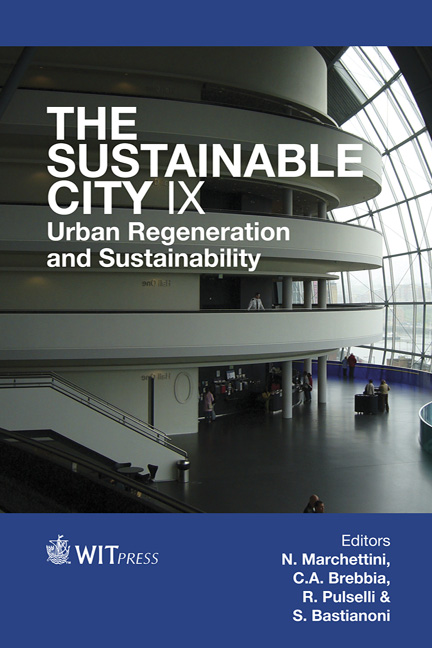A Journey To KAOS: Tackling “wicked” Infrastructure
Price
Free (open access)
Transaction
Volume
191
Pages
12
Page Range
909 - 920
Published
2014
Size
664 kb
Paper DOI
10.2495/SC140772
Copyright
WIT Press
Author(s)
C. M. Blom
Abstract
Infrastructure exists in a complex environment within the context of society. It supports the well-being of our communities and enables (or constrains) development. It is currently estimated that in the short-term more than US$53 trillion needs to be invested globally in new infrastructure.
It is no surprise then that there is a drive to make better use of existing infrastructure and that there is a growing awareness that a key part of the equation is the untimely erosion of asset ‘value’ (in its broadest sense) and of functional outcomes. Intertwined with this is an industry realisation that some project level ‘sustainability’ initiatives have performed poorly or do not work well within current engineering and organisational conventions. It makes little sense then to seek an improvement in such initiatives when the system itself does not support them. This is particularly so where there is an inherent inability to transfer knowledge across the life cycle of an asset or system.
This paper advances several of the author’s concepts from infrastructure practice in New Zealand. Industry examples are used to explore whether the interface of engineering process and the organisational frameworks that ‘cocoon’ this presents an infrastructure opportunity. In doing so, it sets out the a priori constructs for a research programme that will enquire into how decision making processes affect infrastructure fitness.
Keywords
infrastructure management, land transport, value innovation, systemic sustainability, adaptive capacity, resilience, fitness, complex systems, decision making





